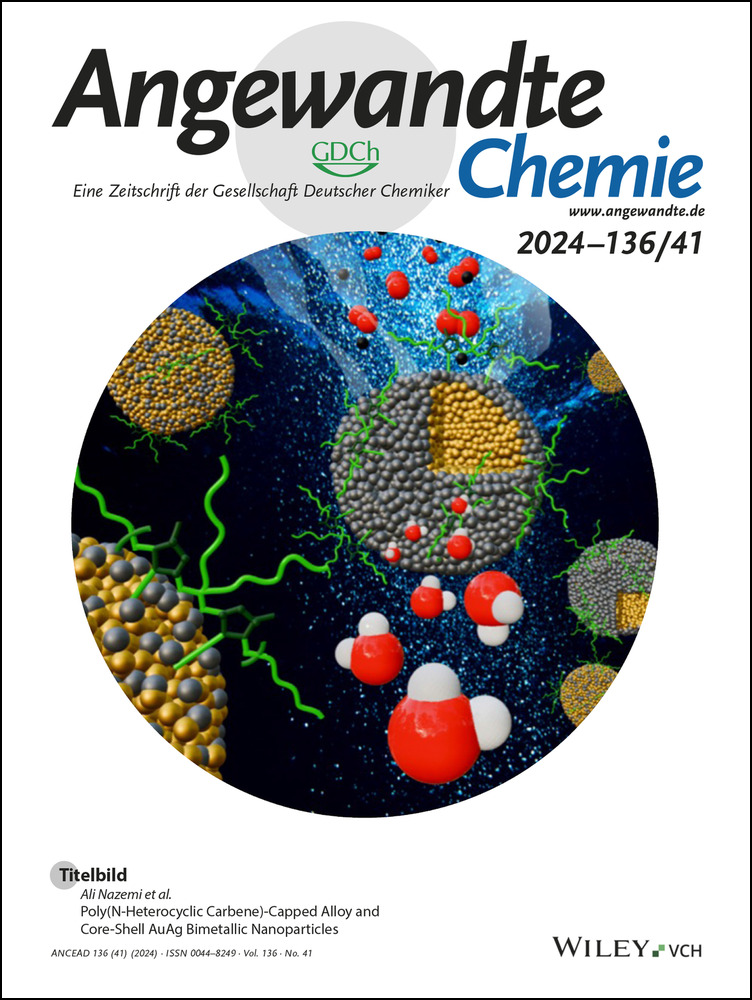Development of a Fluorescent Probe with High Selectivity based on Thiol-ene Click Nucleophilic Cascade Reactions for Delving into the Action Mechanism of Serotonin in Depression
Abstract
The intrinsic correlation between depression and serotonin (5-HT) is a highly debated topic, with significant implications for the diagnosis, treatment, and advancement of drugs targeting neurological disorders. To address this important question, it is of utmost priority to understand the action mechanism of serotonin in depression through fluorescence imaging studies. However, the development of efficient molecular probes for serotonin is hindered by the lack of responsive sites with high selectivity for serotonin at the present time. Herein, we developed the first highly selective serotonin responsive site, 3-mercaptopropionate, utilizing thiol-ene click cascade nucleophilic reactions. The novel responsive site was then employed to construct the powerful molecular probe SJ-5-HT for imaging the serotonin level changes in the depression cells and brain tissues. Importantly, the imaging studies reveal that the level of serotonin in patients with depression may not be the primary factor, while the ability of neurons in patients with depression to release serotonin appears to be more critical. Additionally, this serotonin release capability correlates strongly with the levels of mTOR (intracellular mammalian target of rapamycin). These discoveries could offer valuable insights into the molecular mechanisms underpinning depression and furnish mTOR as a novel direction for the advancement of antidepressant therapies.
Conflict of Interests
The authors declare no conflict of interest.
Open Research
Data Availability Statement
The data that support the findings of this study are available from the corresponding author upon reasonable request.




